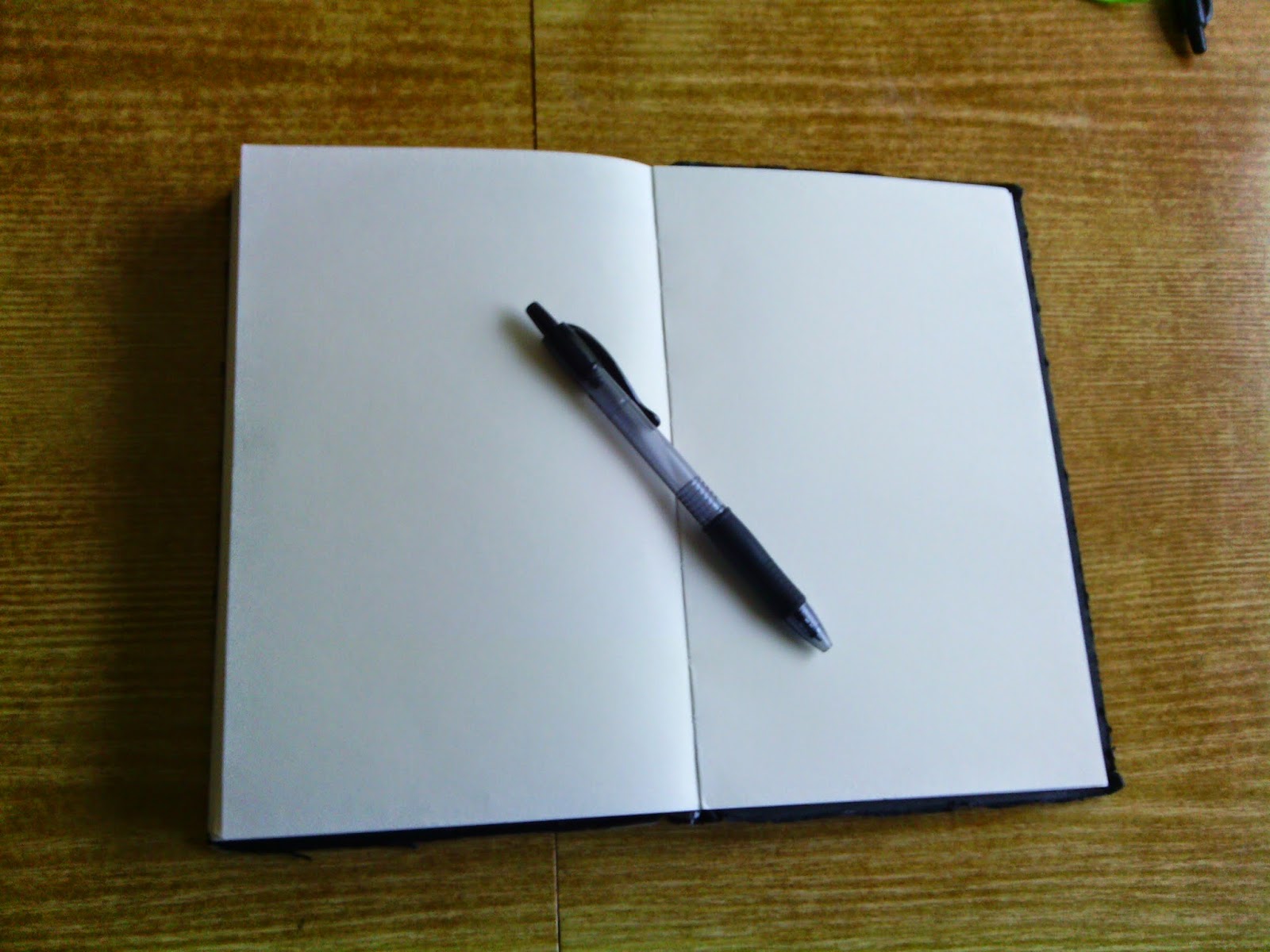Alignment. The lining up, the adjusting, the balancing of things. The relationship of things. In art and in life, we can but hope to be blessed from time to time with the sort of balance that makes us feel whole, enriched, an integral part of something wondrous—and through such alignment, through a realization of the power and validity of interconnectedness, we can create our greatest artwork, we can become our greatest selves.
As an editor, one of my most important roles is to help a writer or illustrator identify, examine, and fix that part of their work which might be at all unstable and out of alignment, for leaving such an instability in the construction most certainly risks the integrity and security of the whole. A remarkable result of such a process is always the excited (and, indeed, sometimes daunting) realization that everything is interconnected. The focused strengthening of one character or one scene necessarily strengthens the whole.
The past few months I’ve been contending with an internal alignment not just of ideas, emotions, and decisions, but a literal alignment of the vertebrae in my spine. Understanding and respecting the notion that our spines are sturdy columns that protect some of the most delicate elements in our bodies and are cores as essential to our bodies as trunks are to trees, it’s no wonder and no mistake that for our bodies to be fully whole and healthy, it’s necessary that our vertebrae align. And if they don’t—if just one vertebra slips out of place—the consequences can be anything from a nuisance to painful to life-threatening. Since having a remarkably successful lower back fusion to stabilize and strengthen my back last month, we’ve discovered a disc in my neck that is highly unstable, badly out of alignment, causing considerable pain and, most importantly, impinging on the spinal cord and threatening my health. The instability is not the result of the lower back surgery, as it’s clear this disc has been compromised over the course of time; it’s the revelation of the condition that is the result of the lower back surgery. The revelation of an organic, essential interconnectedness that’s critical to the health of the whole. I am lucky to be in a position to address this situation quickly and will do so tomorrow as I undergo surgery once more. What feels most amazing to me, though, is the revelation I had last night—that it seems the journey I had to go through for my lower back was all meant as a means to expose this even greater and urgent condition in my neck, one that was on track to manifest itself at some time in the future, assuredly with far more severe consequences.
I believe the stars align. I believe the clouds do part to reveal secrets when the time is right. I believe chaos can be brought into focus. And by such alignment, we are able to soar to greater heights when we fly and find the solid ground we need to feel rooted. Alignment of the pieces to reinforce the whole. I believe this within the stories we have to tell, with the decisions we have to make in our lives, and within our own bodies, as long as we’re paying attention.
(c) emma d dryden, drydenbks llc







.jpg)








